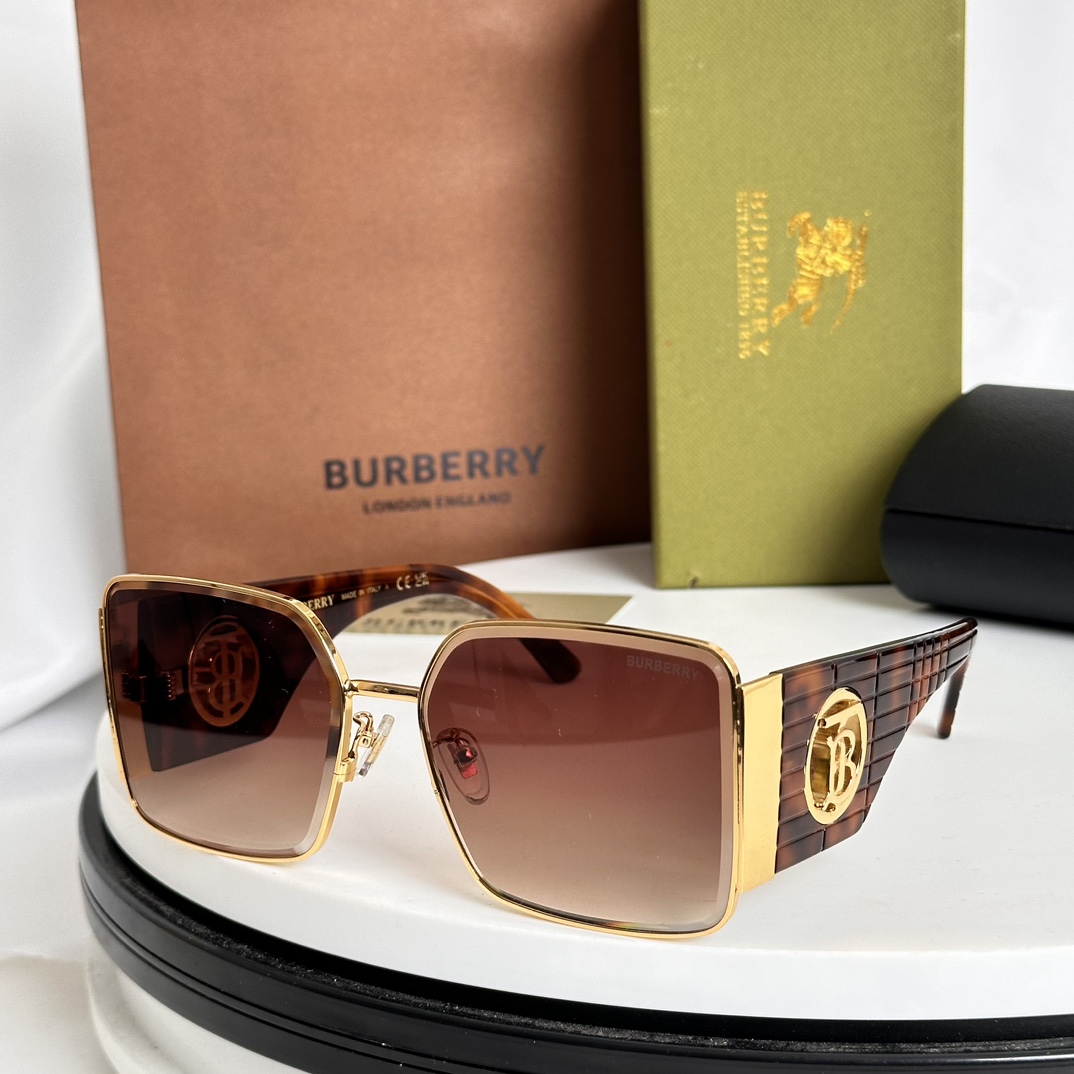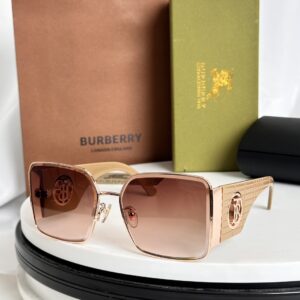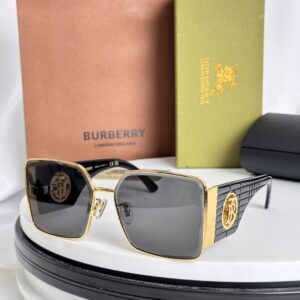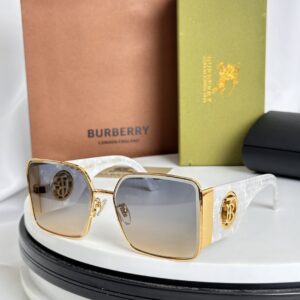The Evolution of Sunglasses as a Status Symbol
Sunglasses have come a long way from their humble beginnings, evolving into powerful symbols of status and luxury. Originally designed for practical purposes, such as protecting the eyes from harmful sunlight, their transition into fashionable accessories began in the early 20th century. One can trace the pivotal moment to the 1920s when Hollywood stars donned sunglasses on and off screen, capturing the public’s admiration and establishing their association with celebrity culture.
Notably, the introduction of sunglasses into film contributed significantly to their status. Icons such as Audrey Hepburn and James Dean popularized the use of oversized frames and sporty styles, influencing the masses and shaping perceptions of glamour and sophistication. As fashion began to embrace individuality in the latter half of the century, sunglasses emerged not only as a stylish accessory but also as a personal statement, representing the wearer’s social status.
The rise of luxury brands in the late 20th century marked another crucial turning point in the evolution of sunglasses. Brands such as Ray-Ban, Gucci, and Chanel began investing heavily in marketing campaigns that associated their eyewear lines with premium lifestyle attributes. Exclusive collaborations and limited editions further solidified sunglasses as high-status items, elevating them to coveted possessions. The influence of fashion designers showcasing bold eyewear styles on runways during Fashion Week also played an essential role in reinforcing the image of sunglasses as sophisticated fashion statements.
Cultural shifts, particularly the growing focus on health and wellness, added another dimension to the desirability of sunglasses. Today, more than just a functional item, they symbolize a commitment to style, privacy, and, ultimately, social standing. This evolution showcases how sunglasses have transitioned from mere eye protection to essential markers of personal identity, reflecting both the changing dynamics of fashion and consumer culture over decades.
Replica Sunglasses: Appeal and Impact
The market for replica sunglasses has witnessed significant growth, largely due to their affordability and accessibility. Many consumers are drawn to these less expensive alternatives for a variety of reasons, including the status associated with high-end designer brands without the associated price tag. The affordability of replica sunglasses allows individuals to express their fashion sense and keep up with trends set during prestigious events like Fashion Week, albeit without the hefty investment often required for original designs.
One of the primary attractions of replica sunglasses is the perceived value they offer. While the quality and craftsmanship may not match that of their original counterparts, replicas often serve a similar visual function, allowing consumers to mimic the styles of high-end brands. This creates a fleeting sense of status, as individuals can showcase a trendy appearance even if their financial circumstances do not permit luxury purchases. However, this trend raises ethical questions about the implications of supporting counterfeit goods that may infringe on intellectual property rights and hurt the brand identity of original designers.
The psychological factors influencing the decision to purchase replica sunglasses are multifaceted. Social media significantly contributes to the desire for status, as individuals often seek validation through the images and posts shared online. The constant exposure to aspirational lifestyles and fashion-forward imagery can lead consumers to view replica sunglasses not merely as a practical choice but as essential accessories for creating a desired image. Nonetheless, wearing replicas can also invite scrutiny and questions regarding authenticity, raising concerns about how one’s social identity is perceived in various social contexts.
In considering these factors, it is essential for consumers to weigh the implications of choosing between replica and original sunglasses. Such a decision involves not only a financial consideration but also a reflection on personal values, societal norms, and the influence of ever-changing fashion trends.
Fashion Week: The Playground for Trends and Aspirations
Fashion Week is widely recognized as a pivotal event in the fashion industry, acting as the launching pad for emerging trends across various categories, including sunglasses. Renowned designers showcase their collections in curated runway shows, where they unveil not only apparel but also a plethora of accessories that set the tone for the coming seasons. These events are instrumental in shaping public perception around style and luxury, garnering attention from fashion enthusiasts, influencers, and media outlets worldwide. As the creative vision of designers becomes visible on the runway, the allure of their innovative sunglasses designs captivates consumers, inspiring aspirations for luxury and exclusivity.
The influence of these runway spectacles extends beyond the immediate audience. Trends introduced at Fashion Week frequently filter down into the mass market, impacting how everyday consumers perceive and purchase sunglasses. The visibility of bold styles, cutting-edge materials, and unique shapes during these prestigious events plays a crucial role in creating desirability and setting standards for what is viewed as fashionable. As such, the designs presented often generate an array of replicas, which cater to a broader audience, allowing them to emulate high-fashion looks without the significant price tag associated with original pieces.
Moreover, the cycle of trend dissemination is continually fueled by social media, where fashion influencers and celebrities often wear sunglasses featured at Fashion Week, further solidifying their cultural significance. As consumers engage with these platforms, they are not only exposed to the latest styles but are also encouraged to adopt a lifestyle permeated by current fashion. This cycle highlights the complex relationship between original high-end sunglasses and their replicas, demonstrating how trends originating from Fashion Week can dictate consumer behavior and preferences across different market segments.
The Future of Sunglass Trends: Balancing Authenticity and Accessibility
The world of sunglasses is undergoing a significant transformation as consumers navigate the complexities of authenticity versus accessibility. This shift is increasingly influenced by a growing emphasis on sustainability, coupled with an eagerness for items that signal status and exclusivity. As brands develop new strategies to innovate within this space, the dynamic between original designs and replica sunglasses remains a focal point of discussion. In recent years, there has been a noticeable movement towards more eco-friendly practices, with emerging brands prioritizing sustainable materials in their production processes.
These brands often challenge the established luxury system by offering stylish sunglasses that maintain exclusivity without the exorbitant price tags associated with traditional luxury labels. Consequently, consumers enjoy a wider range of options that appeal to their aesthetic desires and ethical considerations. Enhanced accessibility often leads to a democratization of style, where high-quality sunglasses are within reach for a broader audience, yet maintain an element of cachet.
Simultaneously, the tension between original and replica designs continues to be pertinent in the market. While replicas provide an affordable alternative for many, they can undermine the perceived value of original pieces. However, some discerning consumers are increasingly prioritizing authenticity and the story behind the brand, leading to a resurgence of demand for verified luxury items. This trend suggests that the future of sunglasses as a status symbol might lean towards a balance of genuine craftsmanship and accessible chic.
As fashion week trends further shape consumer preferences, the integration of sustainability and authenticity will likely redefine the sunglasses landscape. By catering to modern values without compromising on style, brands that successfully navigate this complex relationship may find themselves leading the market in the years to come.



